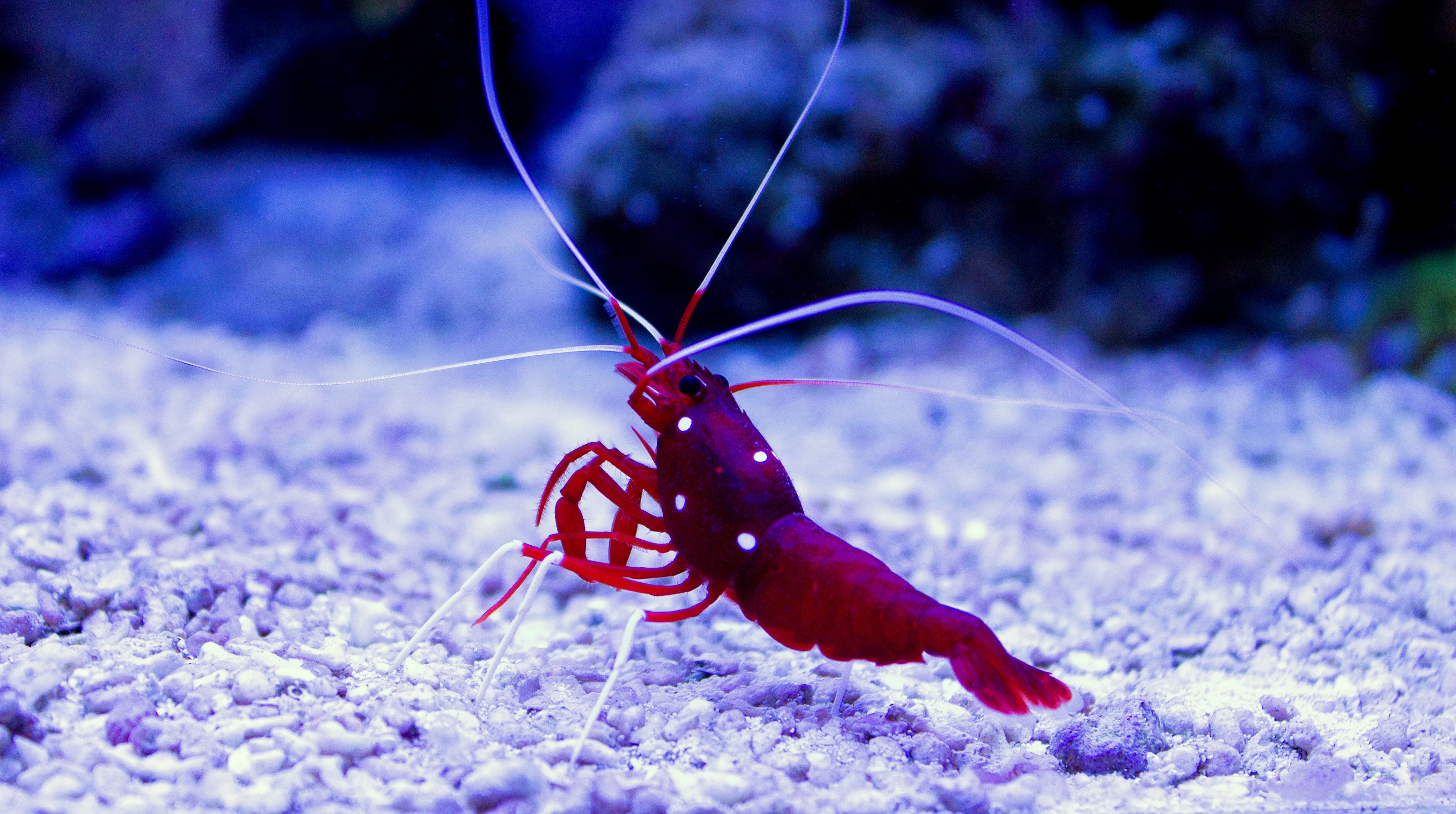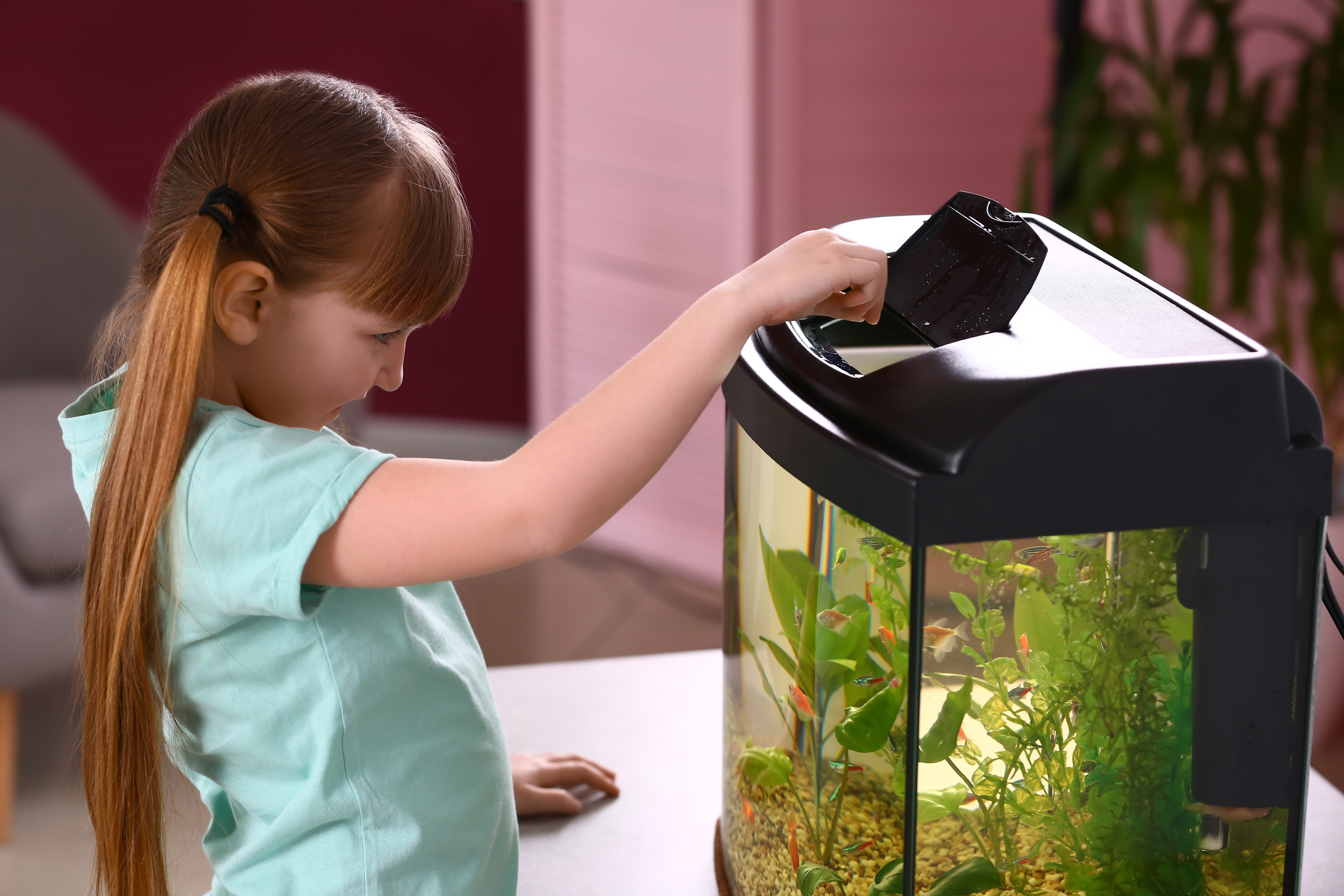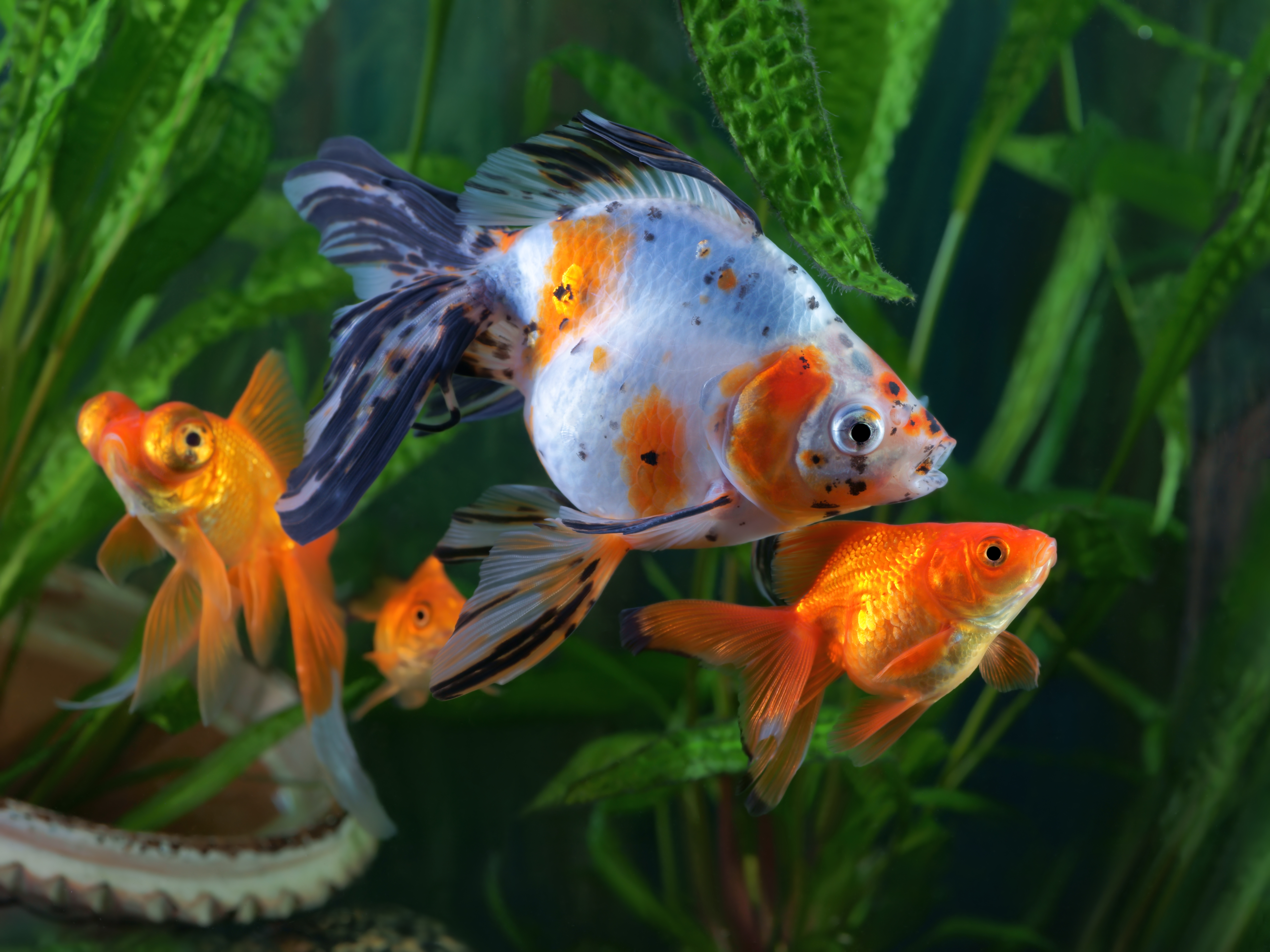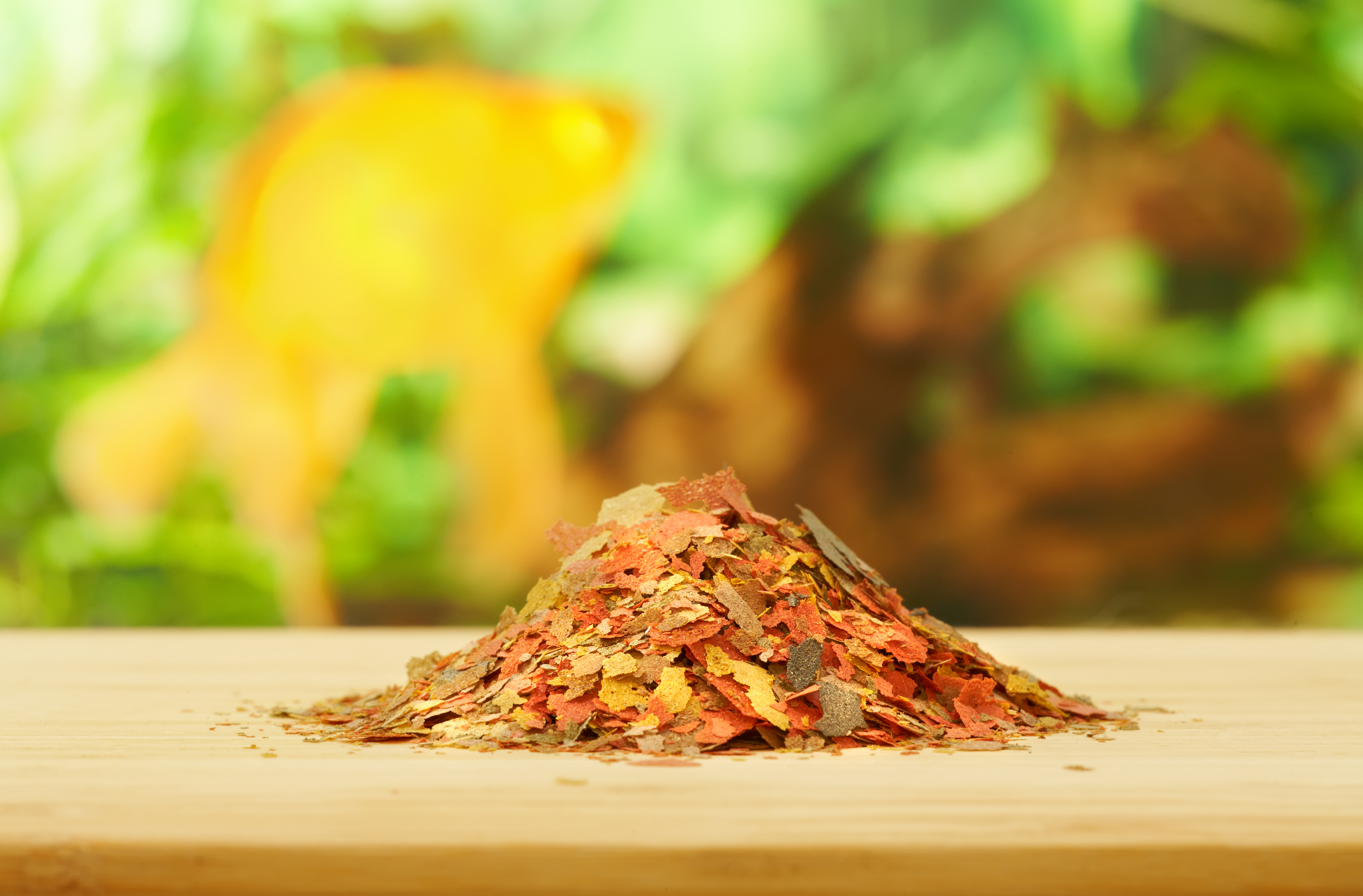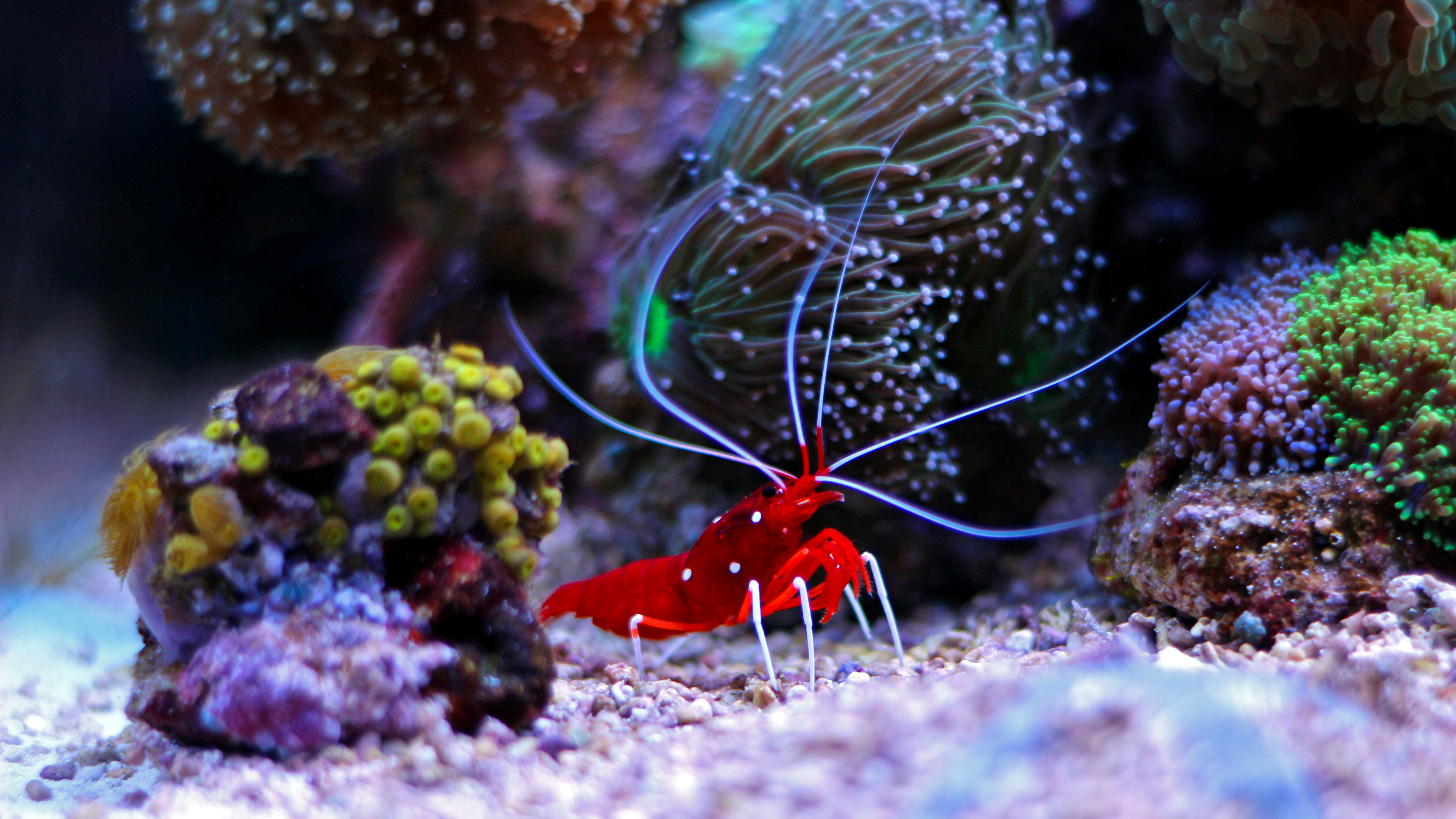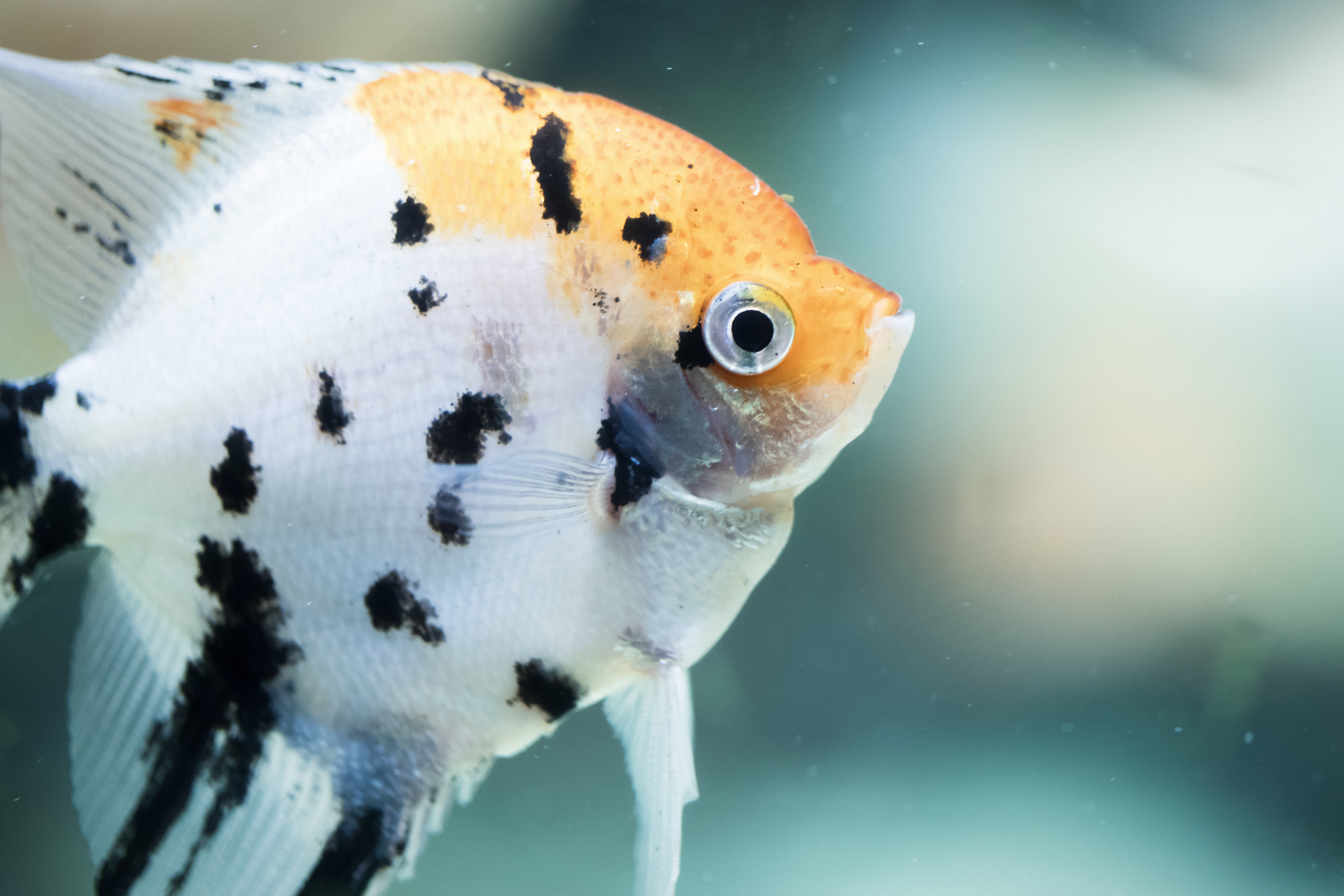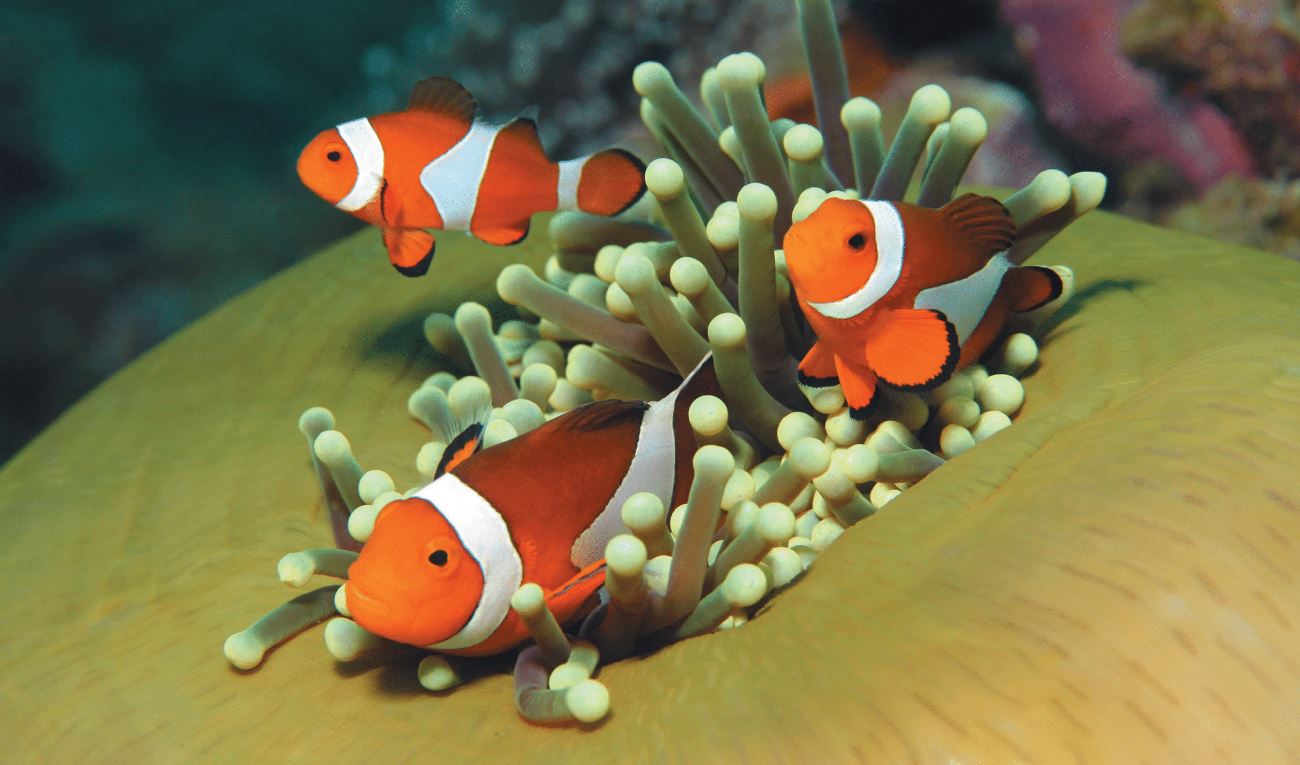Life on the Reef
Joe Olenik //July 5, 2016//
Today’s reef hobbyists have literally hundreds of livestock choices for their aquariums, with new varieties entering the trade almost weekly. Stocking a wide selection of healthy, interesting reef-appropriate creatures and helping shoppers make good buying decisions can go a long way toward ensuring their success in the hobby and enhancing your store’s reputation in the community.
New hobbyists are excited, and their desire to stock their new tank with eye-catching corals, invertebrates and fish is strong. Part of a retailer’s job is to make sure they buy the right creatures for their tank size, experience level and equipment at the right time and in the right quantity. Setting up new reef hobbyists for success creates long-term customers.
Staff members need to be knowledgeable, not only in the requirements of the animals they sell, but also their compatibility in reef-style aquariums. Employees should be trained to ask about water chemistry, water quality, lighting, filtration, tank size and existing tank inhabitants. In addition, every livestock sale should be accompanied with appropriate foods and supplements to ensure their long-term health and well-being in their new home.
Fish Dos and Don’ts
It would be impossible to cover every creature that is appropriate for a reef aquarium within the scope of this article. However, we can discuss some basic dos and don’ts. When it comes to fish, there are two basic don’ts: avoid fish that feed on corals and other invertebrate life, and those that get too large. Large species of angelfish, most butterflyfish, large species of wrasses, triggerfish and groupers fall into this category. Large fish also generate significant amounts of waste, making control of harmful nitrate and phosphate a real challenge.
Pygmy angelfish, clownfish, small species wrasses, gobies and blennies make great reef choices. Small gobies and blennies are especially suitable for the popular nano tanks. Tangs and rabbitfish are herbivores, making them ideal choices for algae control in medium- to large-sized aquariums. Pygmy angelfish in the genus Centropyge and tangs in the genus Zebrasoma tend to be territorial towards members of their own genus. The owners of these fish will need large tanks if they want to keep multiples.
Multiple of fish in the same genus are best added to a tank at the same time.
Cleanup Crew
Every aquarium needs a clean-up crew. Hermit crabs and snails are the most common creatures sold for this job, but brittle and serpent stars also fill a valuable role, removing food particles that fall to the bottom. Red, blue and green leg reef hermits get in all the nooks and crannies of the tank, removing bits of food and even algae. But avoid red hairy hermits in reef tanks, as they can be quite destructive to corals.
Turbos and Astrea snails help keep rockwork algae-free, and Nassarius snails forage in the sand bed, keeping it free of debris and preventing it from compacting. Some snail species are highly specialized feeders, so make sure you do your homework before stocking them.
White sand-sifting stars also help clean the sand bed but should only be added to mature tanks with ample organic material in the substrate. Chocolate chip stars and a few others are known to eat corals and even anemones, so these should not be sold to reef hobbyists. Another great group of sand sifters are the sea cucumbers, which ingest sand, remove organic material, and keep it clean and white. Urchins are yet another group of effective tank cleaners, particularly for controlling algae.
Shrimp are a favorite with many reef hobbyists, with their brilliant colors and amusing antics. Cleaner shrimp in the genus Lysmata pick parasites off fish, helping prevent parasite outbreaks. The ubiquitous skunk cleaner shrimp will readily hop onboard a hobbyist’s hand, making them especially popular. Peppermint shrimp are secretive but eat Aiptasia anemones, keeping the tank free of these annoying pests.
The Main Attraction
Live corals are, by definition, the main reason for having a reef-style aquarium. Entire books have been written that do not adequately cover this group of amazing creatures, but here are some key points.
For beginners, soft corals such as star and yellow polyps, mushrooms, leathers, xenia and colt/finger corals make excellent choices. They tolerate a wide range of water quality parameters and lower light levels, and they spread readily. These should be the first true corals recommended to new hobbyists. Zooanthids and Palyzoas are another group of soft polyps that are well suited to virtually every reef aquarium. Color combinations are endless and they spread readily, making them great choices for novice and advanced aquarists alike.
Large polyp stony (LPS) corals, including hammer, frogspawn, torch and bubble, are extremely popular, with their bright colors and fleshy, waving tentacles. Most of these corals require more intense light and stronger water flow than the soft corals. Many LPS corals have long sweeper tentacles that deliver a powerful sting, so they should be given adequate space to stretch out without harming adjacent corals. Also, hobbyists with sensitive skin should be advised not to come into contact with them. A good calcium supplement to support skeletal growth and zooplankton food should be sold with LPS corals.
Open and closed brain corals, including Scolymia, Lobophyllia, Favia and Favites, are often found in deeper water, making them suitable for taller tanks or those with slightly lower intensity light. Recent availability of intensely colored specimens has made these corals increasingly popular and they are ideal for intermediate-level hobbyists with medium to large aquariums.
Finally, small polyp stony (SPS) corals represent the holy grail of any reef aquarium. Captive-raised varieties in every color and texture imaginable continue to show up in the trade. They require intense light, pristine water quality, good water flow and plenty of calcium, carbonates and other trace elements. The extra effort to provide for them is well worth it to many aquarists. Many advanced hobbyists create entire displays of nothing but SPS corals.
An effective way of directing shoppers to corals best suited to their equipment and skill level is to group them by tank, with appropriate lighting, filtration and current clearly exhibited. Train sales staff to ask questions and qualify buyers before selling any reef livestock. Have specialty equipment, filter media, foods and supplements on display and make sure employees are well versed in their use and how to sell them.
Reef keeping is without question the fastest growing and most popular segment of the marine aquarium hobby today. Buying reef livestock online is never a good idea; give consumers a reason to shop your store by providing them with healthy animals, knowledgeable guidance and quality support products to ensure their success in the hobby.
